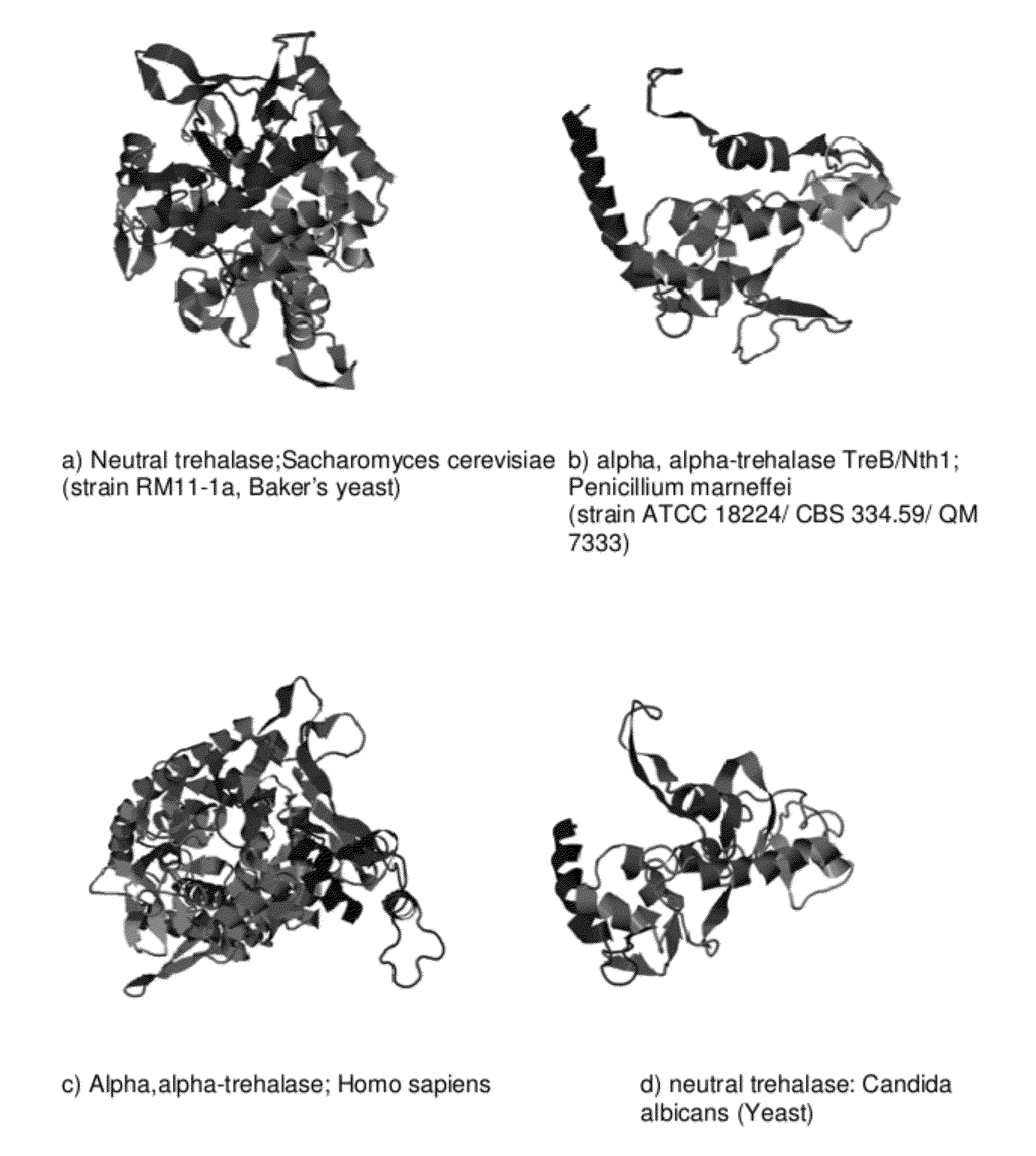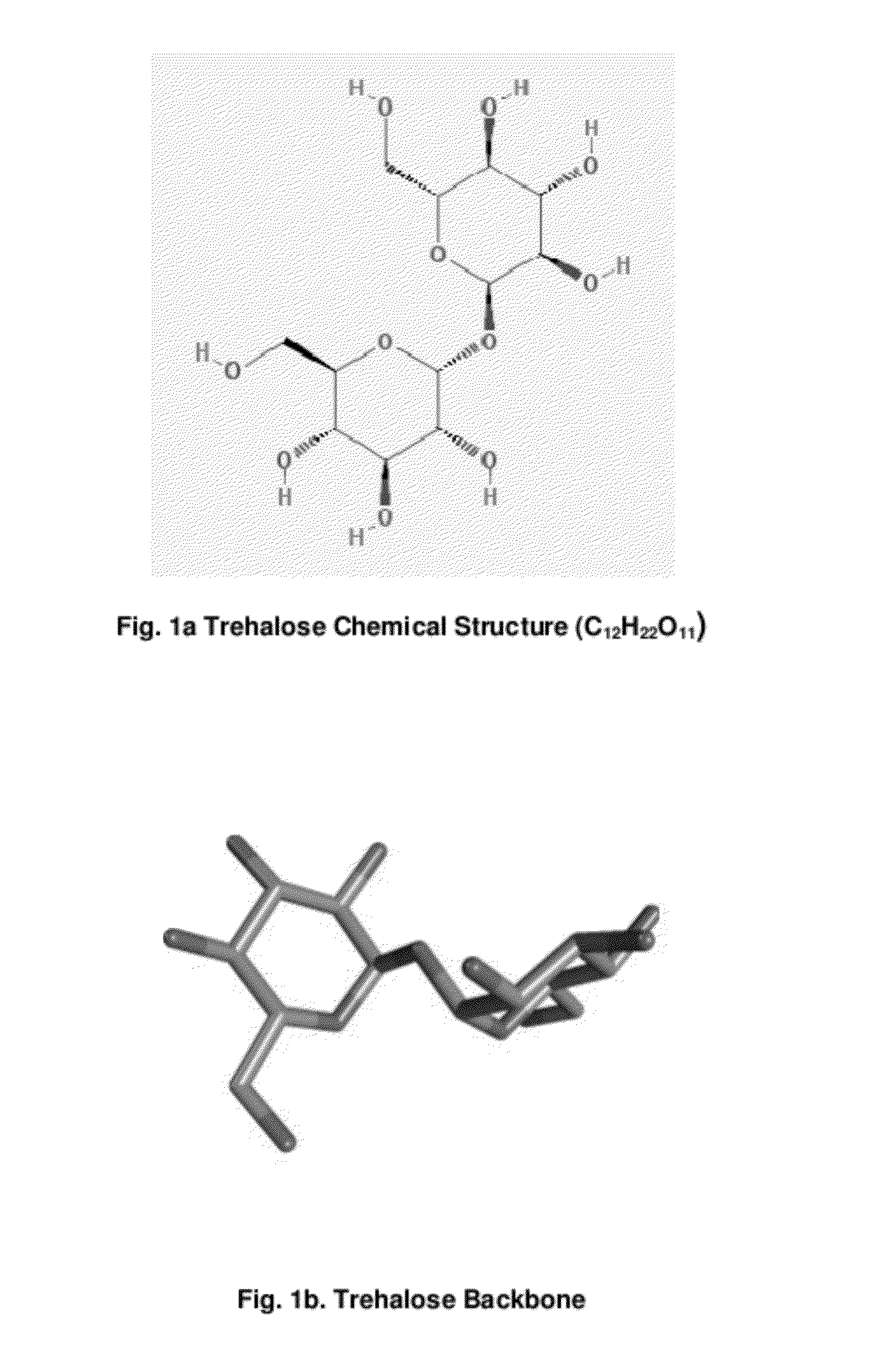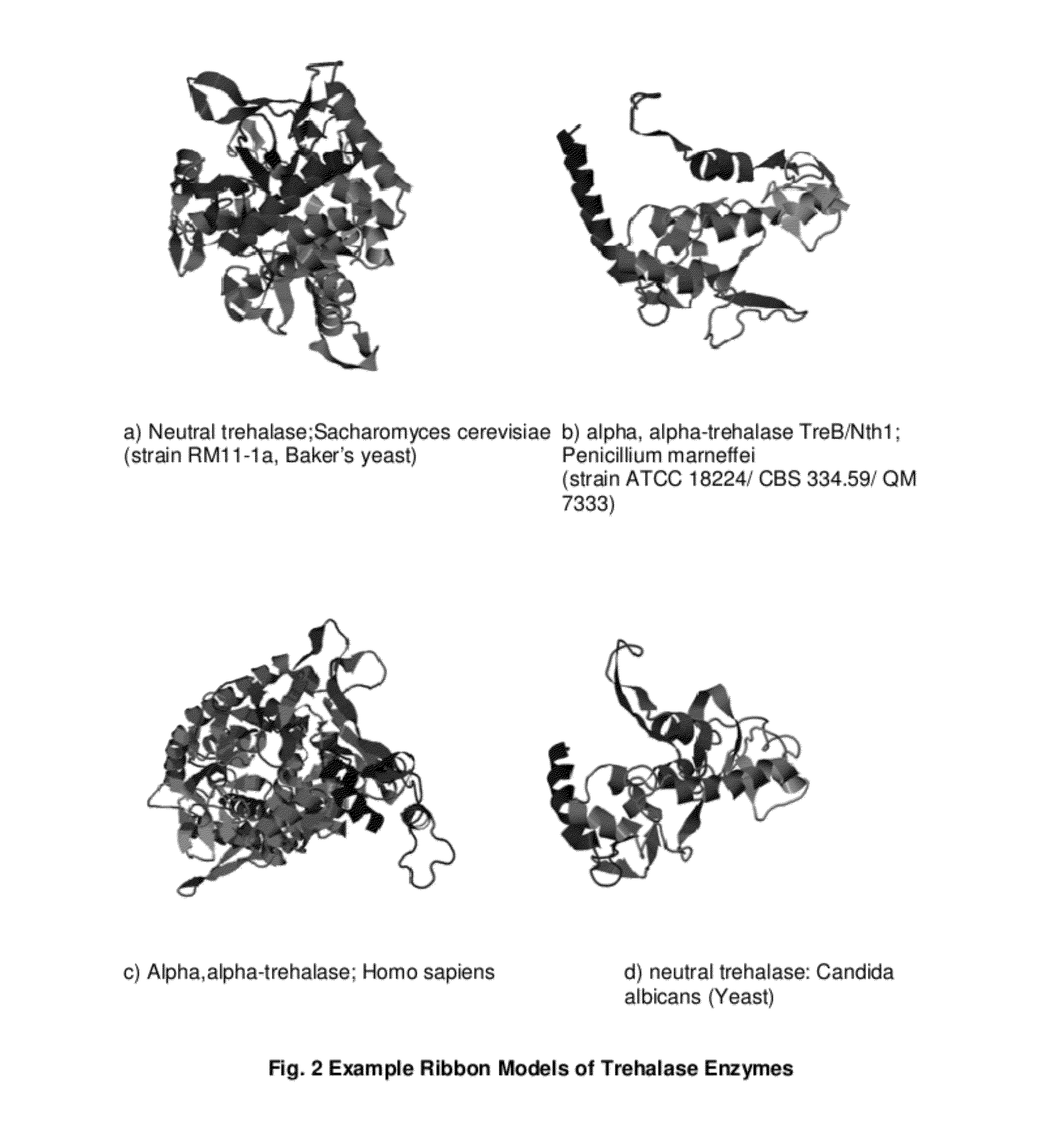The basic data for this theory initially came mostly from natural aquatic ecosystems showing that more than 99.9% of the
bacteria grow in biofilms on a variety of surfaces, causing serious problems in
industrial water systems as well as in various pipelines and vessels.
Tympanostomy tubes are subject to
contamination, and biofilms build up on their inner surfaces.
In CF, there is a net deficiency of water, which hinders the upward flow of the
mucus layer thus altering mucociliary clearance.
If bacteria were not eradicated with
antibiotic therapy at the early stage of infection, they continue to persist and can form sporadic microcolonies and biofilms that adhere to the epithelial cells of the prostatic duct
system, resulting in chronic
bacterial prostatitis.
The microorganisms commonly invade the valve annulus, potentially promoting separation between the valve and the tissue resulting in leakage.
Urinary catheters are subject to bacterial
contamination regardless of the types of the
catheter systems.
In open systems, the
catheter draining into an open collection container becomes contaminated quickly, and patients commonly develop Urinary Tract Infection (UTI) within 3 to 4 days.
Dental procedures may
expose both patients and dental professionals to opportunistic and pathogenic organisms originating from various components of the dental unit.
Biofilm infections associated with indwelling medical devices and implants are difficult to resolve using conventional
antibiotics.
Such approaches have been found to have limited
efficacy, although silver impregnation of catheters has been found to
delay onset of
bacteriuria (Donlan R M, “Biofilms and Device-Associated Infections,” Emerging Infectious Diseases Journal, March-April 2001; Vol. 7, No. 2: 277-281.).
In fact, some cases have been suspicious for the
outbreak of infection within
dialysis centers.
All of these disinfection protocols appear to be highly efficient with respect to microbial killing, but were inefficient in reducing the amount of biofilm on affected surfaces.
No treatment thus far has shown complete biofilm removal (and consequently endotoxins) from
silicone surfaces.
Descaling by itself is inadequate, even at high temperature.
Additionally, UV
irradiation has been shown to have limited
impact on biofilms; and
ozone has demonstrated a higher removal
efficacy, but limited biofilm killing.
Currently used flushing as treatment for reducing planktonic bacterial load that originates from the tubing biofilm, does not provide sufficient results, and flushing alone is ineffective (Santiago J I, Huntington M K, Johnston A M, Quinn R S, and Williams J F, “
Microbial contamination of dental unit waterlines: short- and long-term effects of flushing,” Gen. Dent. 1994; 42: 528-535.).
Industrial systems suffer a number of deleterious effects clue to the presence of biofilms.
For heating and cooling systems, as well as oil, water, and gas distributions systems, these effects include flow restrictions in pipelines, flow
contamination, and
corrosion.
In
industrial systems for the distribution of water, oil, and gas, biofilms can form heavy
biomass that can reduce the
effective diameter of a
pipe or other conduit at a particular point or increase friction along the flow path in the conduit.
This increases resistance to flow through the conduit, reduces the flow volume, increases pump
power consumption, decreasing the efficiency of industrial operations.
Further, this
biomass can serve as a source of contamination to flowing water or oil.
Additionally, most biofilms are heterogeneous in composition and structure which leads to the formation of cathodic and anodic sites within the underlying conduit
metal thereby contributing to
corrosion processes.
Currently, for pipeline treatment of biofilms, there is a trend to use strong oxidizing biocides such as
chlorine dioxide in cooling systems and
ozone in water distribution systems since low levels of
chlorine have been found to be ineffective against biofilms.
Also, a number of non-oxidizing biocides are available, which are effective but their long-term effects on the environment are still unclear.
One of the major economic losses faced by the oil and gas companies is due to pipeline
corrosion.
A significant problem associated with biofilms on ships is the eventual corrosion of the
hull, leading to the ship's deterioration.
However, before corrosion occurs, organic growth can increase the roughness of the
hull, which will decrease the vessel's maneuverability and increase hydrodynamic drag.
Ultimately,
biofouling can increase a ship's fuel consumption by as much as 30%.
Most of these compounds rely on
copper and
tin salts that gradually leach from the
coating and contaminate the surrounding environment.
One of the most widely used coatings to date has been tributyl
tin (TBT) which is highly toxic to marine organisms.
Hence, in maritime applications such as shipping, there is an unmet need for viable, cost-effective biofilm remediation.
HVAC and
refrigeration systems encounter problems associated with biofilms formed on cooling coils, drain pans, and in duct work subjected to water condensation.
Biofilm formation on cooling coils diminishes heat exchange efficiency; its growth on other surfaces, including drain pans and duct work, is a source of contamination in the air
stream.
The conventional approaches to treatment of biofilm discussed for both medical and industrial applications variously have been unproven, of limited effectiveness,
time consuming, costly in cases where large surface areas are involved or surfaces require
repeated treatment, and newer concepts have yet to demonstrate effectiveness and
scalability to field applications.
Because
trehalose serves to manipulate
hydrogen bonds among water molecules and bacterial cells in the process of forming the biofilm gel, the degradation of trehalose ultimately should result in degradation of the biofilm gel.
Sufficient for
efficacy—pertains to treatment composition amounts and treatment
exposure durations adequate to breakdown the gel structure of biofilm for its dispersal and further penetration by
antimicrobial agents to treat the target infectious pathogens.
 Login to View More
Login to View More  Login to View More
Login to View More 


